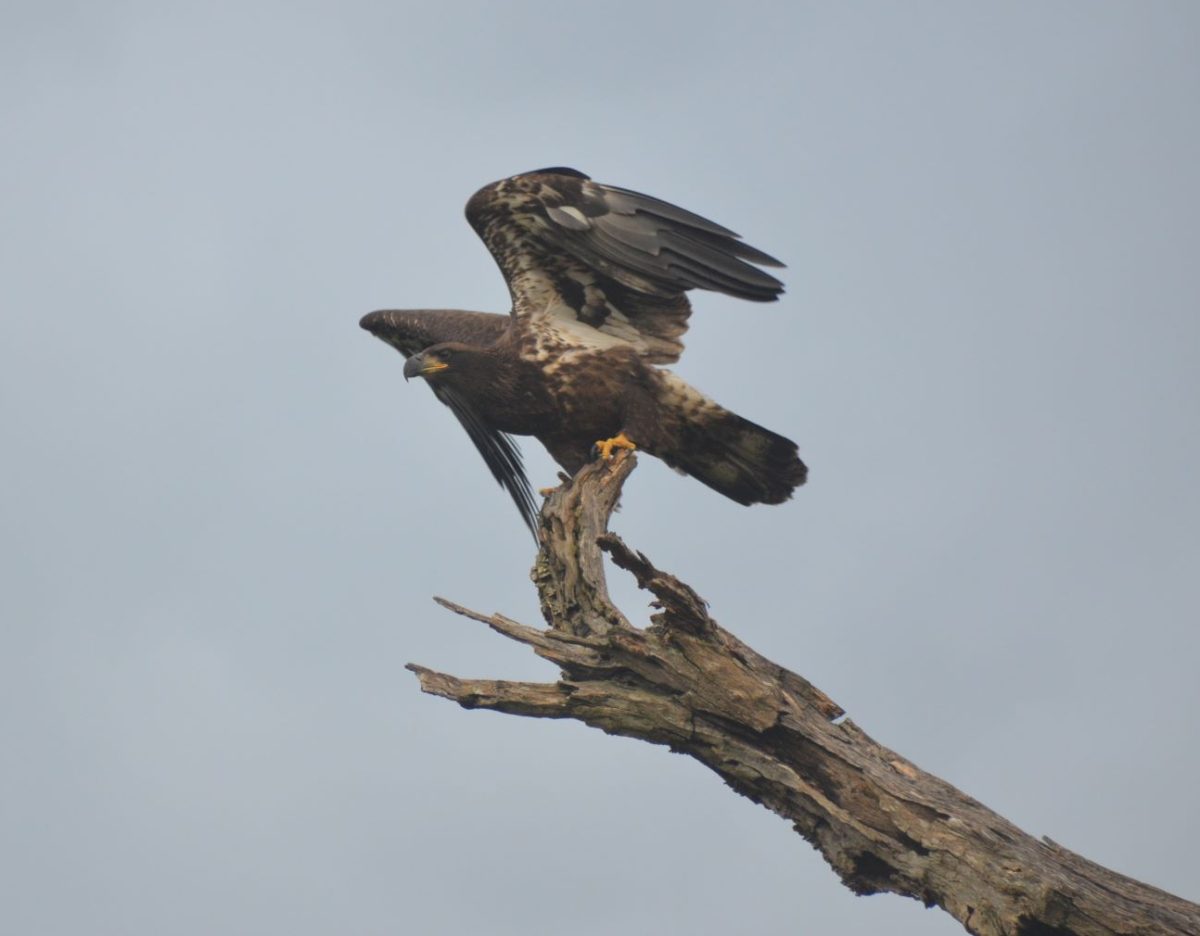I took a walk on the creek with the grandkids. It wasn’t quite what they expected. There wasn’t enough water to swim or skip rocks, but we spotted these interesting shapes in the bedrock.

These rock formations have always been covered with water.

Everyone had a theory. It made for some interesting conversation!

The guesses ranged from petrified trees to formations created by water currents to aliens.

After some internet searching Landon came back with an answer for our puzzle. These are called stromatolites. They are considered the world’s oldest fossil at 1.9 billion years old. The formation is created by colonies of bacteria that lived and died in an ancient ocean, leaving behind their petrified remains. They start out dome-shaped and erode over time to expose the rings.
Actual living stromatolites can be found in Australia, Florida and elsewhere. There is a lot of interesting information about stromatolites online.
So, we were standing on fossils 1.9 billion years old. How cool is that?
Until next time.
Don’t forget to shut the gate




